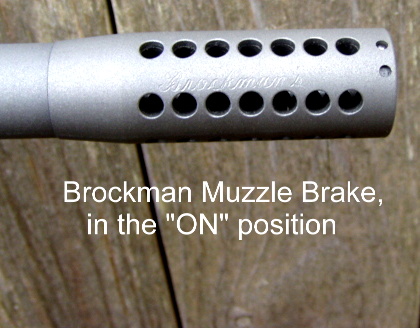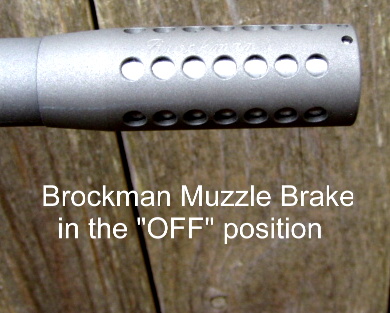Hi friends.
#1
I have been looking at muzzle brakes. Some seem to have the holes sloping towards the target, Mine have a 7 degree slope towards the target.
But googling brakes I have seen them point towards the shooter?
And some are just 90 degrees.
Wich will work the best by your experience?
#2
Bill Holmes in one of his books claims that they should be at 90 degrees, however they should have a "chamber", the bigger the better as the effect is from the gasses slamming against the wall surrounding the exit hole.
Any comments on that?
Thanks in advance.
#1
I have been looking at muzzle brakes. Some seem to have the holes sloping towards the target, Mine have a 7 degree slope towards the target.
But googling brakes I have seen them point towards the shooter?
And some are just 90 degrees.
Wich will work the best by your experience?
#2
Bill Holmes in one of his books claims that they should be at 90 degrees, however they should have a "chamber", the bigger the better as the effect is from the gasses slamming against the wall surrounding the exit hole.
Any comments on that?
Thanks in advance.







